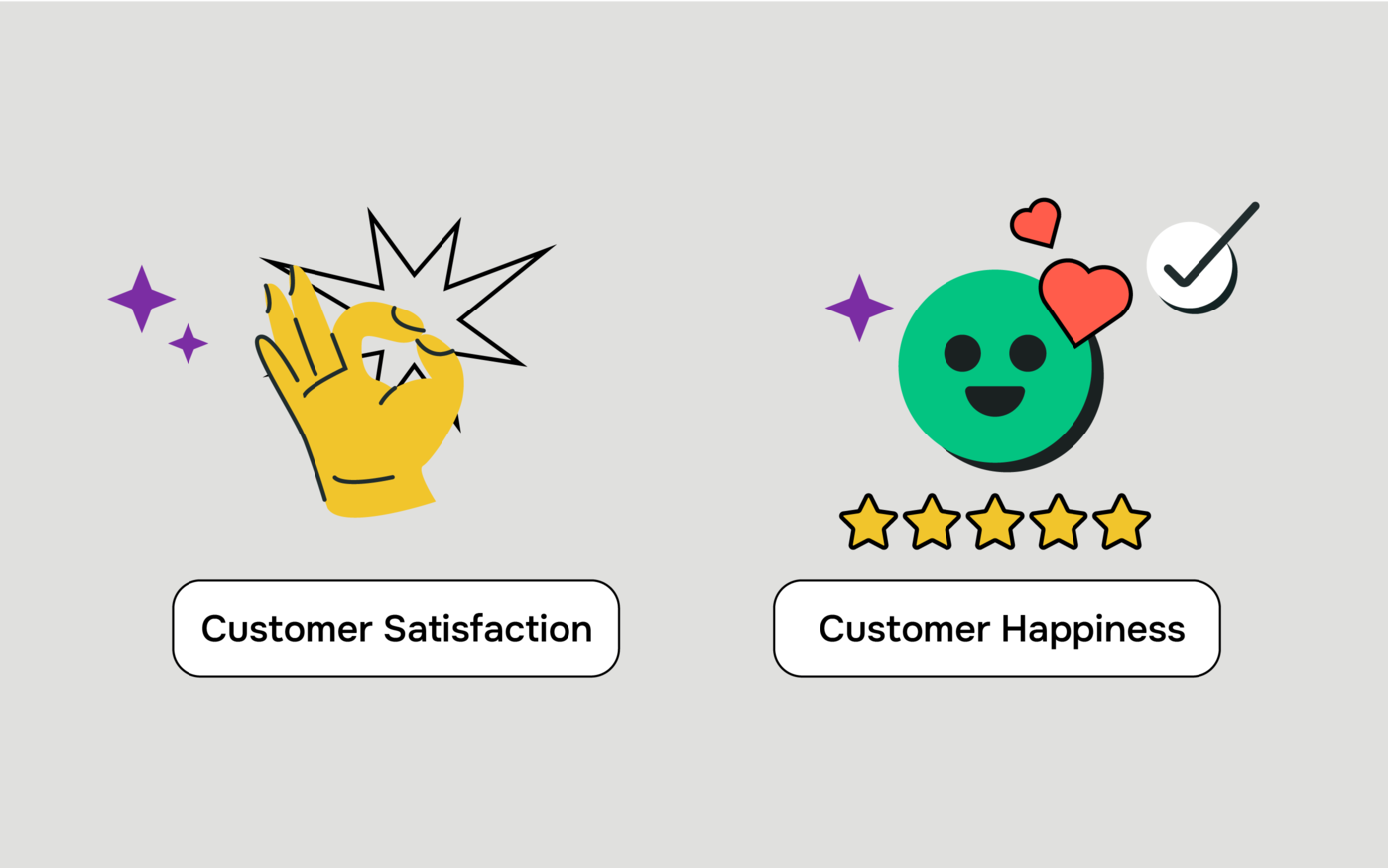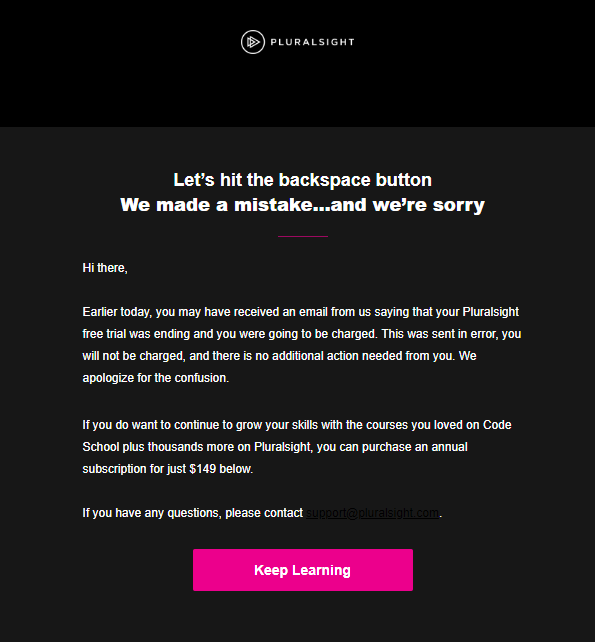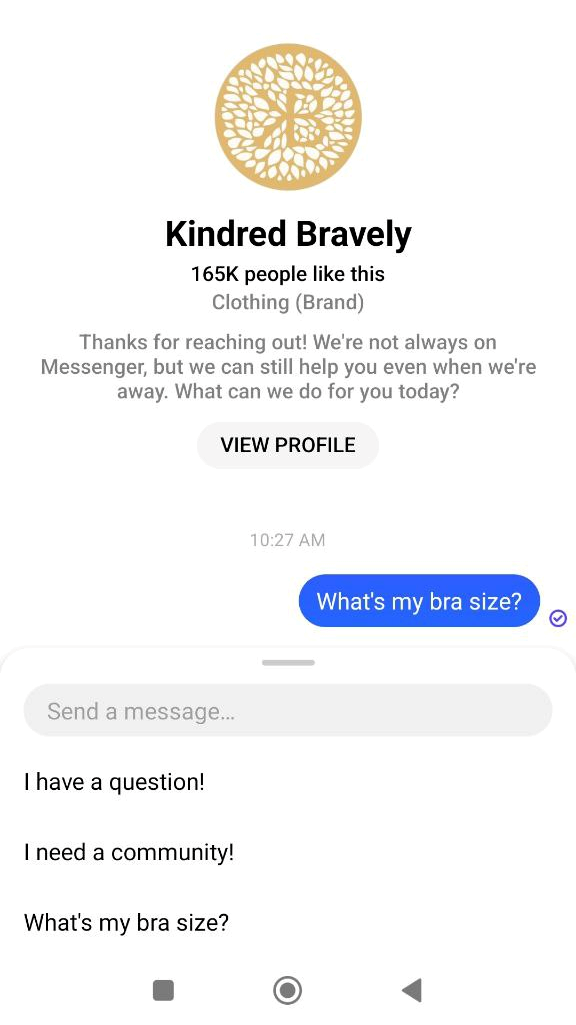Today’s commercial landscape is a dynamic and highly competitive terrain. Everything happens in the blink of an eye, and choices are as abundant as coffee shops around Central Park. Keeping your customers mildly satisfied doesn’t guarantee that they will come back to you — not anymore.
But making them consistently happy does. We’re talking about delivering not just goods but also emotions. We’re talking about creating an experience that lingers in the minds and hearts of the folks who choose your brand over the rest.
If you want to bring your customer relationships to the next level, dive into the world of customer happiness with us and find out what really turns an ordinary transaction into a breathtaking moment. Join us as we explore the ins and outs of making your customers beaming with joy, time and time again.
Content:
What is customer happiness?
This question may sound rather philosophical, but it has a very clear practical meaning for marketers. Customer happiness is more than just a satisfied nod or a fulfilled order. It’s about creating an emotional connection that turns a one-time buyer into a brand devotee. It goes beyond meeting expectations; it’s about leaving customers with a warm feeling, a smile on their faces, and a desire to return for more.
Imagine that you walk into your favorite wine store. The shop assistant not only remembers your name but also knows that you prefer fruity, light-bodied drinks. As you enter and look around, they immediately point out new producers or sorts they think you may enjoy based on what they already know about you. It’s that personal touch, the attention to detail, and the genuine care that make the shopping special.
Customer happiness is all about recreating that magic at every step of the customer journey. This means anticipating customer needs before they even realize them, creating a seamless and enjoyable interaction, and ultimately, making them feel recognized and cherished. It’s that extra mile a company goes to surprise and overdeliver.
Why is customer happiness important?
The focus on customer satisfaction and happiness has been a natural progression, especially in the world of eCommerce, as companies recognize the importance of creating positive and emotionally resonant experiences. Here are a few reasons why this trend is here to stay:
- It’s an investment in the future. Well over 50% of US consumers agree that if a brand understands them at a personal level, they are more likely to stick to it for life. That’s why more and more brands opt for long-term customer relationship strategies instead of ephemeral short-term wins.
- It’s the gift that keeps on giving. Think about the last time you had an amazing experience with a brand. You probably told your close ones about it or even wrote a positive review. Customer happiness is contagious — happy customers are repeat customers, and they bring their friends or peers along for the ride. Happy customers can also reduce customer acquisition costs.
- It’s about gathering a loving but also forgiving audience. Customer happiness matters because it’s not just a one-time high-five — it’s the glue that binds your brand with those who support it. Happy customers are like your brand’s biggest fans. They spread the word, they stick around, and they’re more forgiving when things don’t go perfectly.
- It keeps your brand reputation squeaky clean. Unhappy customers are more likely to express their dissatisfaction publicly, potentially causing negative publicity. Prioritizing customer happiness helps you prevent negative reviews or social media backlash.
- It makes customers choose your brand over others with similar offers. Your competitors may offer products that look identical to yours, but if they can’t ensure the same level of customer happiness, you’re coming out on top.
- It provides you with deep insights into customer behavior and preferences. Happy customers are more likely to provide constructive feedback. This valuable information can help you identify areas for improvement, refine your products or services, and enhance the overall customer experience.
- It can result in increased customer lifetime value. Loyal and satisfied customers will be more than happy to spend more knowing that your brand tends to exceed their expectations. This means continuous contributions to your revenue.
In essence, customer happiness is not just a feel-good metric. Nowadays, it’s a strategic imperative for business success. It influences every aspect of your company’s performance, from customer retention to brand perception and overall profitability.
What’s the difference between customer happiness and customer satisfaction?
It’s quite common for marketers to use the terms “customer happiness” and “customer satisfaction” interchangeably, but they represent different aspects of the customer experience.
Customer satisfaction is like hitting the bare minimum. It’s when your customers get what they expected and are not disappointed, but there’s nothing to write home about. It’s like ordering a burger and fries in McDonald’s — no matter where you are, you know exactly how the process will go and what the meal will taste like.

Customer happiness is on a whole other level. It’s like going to a specialty restaurant and tasting a variety of mind-blowing seasonal dishes while a violin orchestra is playing in the background. It’s about going above and beyond and leaving an unforgettable impression.
Think of it this way: satisfaction is transactional, while happiness is emotional and lasting. When your customers are happy, they’re not just content — they’re excited to come back, and they’ll tell everyone about the awesome experience they had.
How to measure customer happiness
Measuring customer happiness involves monitoring customer behavior across multiple channels, analyzing the language used in customer communications, and creating a continuous feedback loop. Here’s a quick breakdown:
- Regularly monitor changes in your Net Promoter Score (NPS). Implement NPS surveys by asking the ultimate question: “On a scale of 0-10, how likely are you to recommend our product/service to a friend or colleague?”
- Don’t over-rely on checkbox surveys and rating scales. In addition to rigid feedback forms, embrace open-ended questions to allow your customers to express their true sentiments and explain why they feel the way they feel about your brand. Keep surveys short and focused to encourage higher participation.
- Get creative when asking for feedback. Regular surveys are great for studying specific aspects of the customer journey, but they may not capture the full range of nuances that contribute to customer happiness. Opt for interviews and focus groups to get more detailed and timely insights.
- Encourage unprompted feedback. Surveys are based on specific questions, but customers might have valuable feedback that doesn’t fit within those predefined frameworks. Let them vocalize their thoughts by asking general questions like “Is there something else you would like us to know?” at the end of resolving a customer query or after they have filled out a routine questionnaire.
- Keep your ears open. Social listening is a fantastic way to identify trends and patterns in customer sentiment. Monitor social media platforms for mentions of your brand and sentiment analysis, responding promptly to both positive and negative mentions.
- Track relevant customer support metrics. Customer support is the frontline of interaction between a business and its customers. Analyze customer support interactions, ticket volume, response times, and issue resolution rates to ensure higher satisfaction and loyalty.
- Religiously analyze customer churn. Churn often indicates that something is amiss with the product or brand as a whole. Conduct exit surveys for customers who churn and look for patterns in customer behavior before they leave.
- Find out what excites your audience about your offer. Customer engagement serves as a clear indicator of how interested and involved customers are with your brand. Monitor how they use your products, how often, and for how long to identify features or characteristics that contribute to overall user satisfaction.
- Use employee feedback to get the full picture. Frontline employees often have valuable insights into customer sentiments. Regular team check-ins or suggestion boxes can encourage employee input.
- Calculate your own customer happiness index. Combine various metrics and KPIs that align with your business goals and customer priorities. These may include customer satisfaction scores, NPS, customer support response times, etc. Assign weights to each metric based on their relative importance. Your customer happiness score will give you a general idea of how happy your customers are at any given time.
Getting a comprehensive understanding of customer happiness takes a while, and it’s a continuous process as customer needs and desires constantly change. Take up the habit of continuously collecting data for the selected metrics and recalculating your customer happiness index regularly. This ensures that your index remains relevant and reflects changes in customer satisfaction over time.
How to improve customer happiness
Customer happiness is quite an elusive, complex, and hard-to-define metric, but it’s no reason to get discouraged and take a passive role, hoping for the best. Here are some practical tips to sprinkle a bit more happiness into your customer’s experience.
Own up to mistakes and proactively address customer concerns
Nobody’s perfect, and that includes businesses. If you make a mistake, acknowledge it, apologize sincerely, and make it right. Customers appreciate honesty and efforts to rectify errors, and they’ll be more likely to forgive small mishaps if they see that you’re actively working on them and growing as a customer-first company.
Here’s an example of an honest apology email from Pluralsight.

Make customers feel special and valued
Personalization is everything. Treat your customers like individuals, not just a faceless crowd:
- gather data on customer preferences, including purchase history, browsing behavior, and feedback;
- tailor your emails, messages, and promotional materials to reflect the interests and preferences of each customer segment;
- provide personalized content or product recommendations based on a customer’s past behavior;
- implement dynamic website content that adapts to each user’s preferences;
- use customer data to personalize interactions with customer support;
- offer personalized discounts or promotions based on a customer’s past purchases;
- allow customers to set their preferences;
- display relevant offers or content based on a customer’s geographic location.
The goal here is to show them that you see them as more than just a transaction.
Be available around the clock and ensure a quick turnaround
In today’s fast-paced world, nobody likes to wait. Respond to customer inquiries on any channel promptly or scale up your support team if you struggle to handle the current volume. Even if you can’t solve the problem right away, acknowledge their concerns and let them know you’re on it — do everything in your power to avoid radio silence and make them feel forgotten.
Surprise and delight them when they least expect it
Throw in a little unexpected extra here and there. It could be a birthday discount, a customer’s annual milestone celebration, a personalized note, or a bonus service. Unlike conventional seasonal sales, which can hardly surprise anyone, these little perks create memorable moments that go a long way.
Empower your team to surpass customer expectations
Equip your customer service team with the authority to solve problems on the spot without having to go through a maze to find the right piece of content or instruction. Introduce new sales and support enablement tools if you suspect that your existing processes and asset libraries don’t cut it anymore.
Work on making your processes truly user-friendly
Simplify your processes to make it easy for customers to navigate and complete their transactions. A hassle-free experience is a happy experience. You can let them request a refund via WhatsApp or introduce buy-now-pay-later payment methods. Besides, you can create a virtual shop assistant to help your visitors find the right product or plan.

Arm your customers with knowledge
Keep your customers in the loop about your products or services — provide them with helpful newsletters packed with tips and updates. The more they know, the more confident and satisfied they’ll be. Explore various content formats, from video tutorials to listicles and eBooks, to help them squeeze the most out of your offerings.
Increase brand transparency and focus on community management
Foster a sense of belonging among your customers. Whether through social media groups, webinars, or offline events, create a community where they can connect with each other. Customers are more likely to relate to and support a brand that demonstrates a genuine interest in its followers and enables them to share their lifestyle and experiences with others.
The ultimate tool for building long-lasting customer relationships
In an era where consumers scrutinize every aspect of a brand’s actions, businesses are recognizing the importance of building enduring relationships with them instead of pursuing superficial gains.
If you’re looking to establish and nurture long-term relationships through social media, email, SMS, push notifications, and other communication channels, give our all-in-one marketing and sales automation platform a chance.
With SendPulse, you can seamlessly connect with your audience through their preferred platforms and apps, creating personalized and automated messages. This isn’t just about sending promotional campaigns — our solution empowers you to build customer relationships that stand the test of time. It only takes a few minutes to create your free account!









